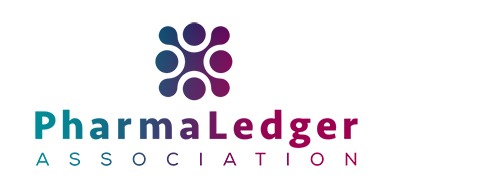PharmaLedger Association Bylaws
The latest association bylaws were approved by the General Assembly, signed by the Chair, effective 1 October 2023.
Article 1. Name and Head Office
1.1. The Association exists under the name “PharmaLedger Association” within the meaning of Art. 60 ff. of the Swiss Civil Code.
1.2. The Association is politically and religiously neutral.
1.3. The Association exists for an indefinite period.
1.4. The registered office is in Basel, Switzerland.
1.5. The language of the association is US English.
Article 2. Purpose and Core Values
2.1. Purpose
2.1.1. The purpose is to create and promote a digital trust ecosystem in healthcare by providing a standardized and trustworthy open platform, promoting cooperation and innovation for the benefit of patients and other stakeholders.
2.1.2. A digital trust ecosystem is an interdependent set of actors sharing standardized digital solutions for shared benefits in healthcare.
2.1.3. The Association is non-profit and does not pursue any gainful, self-help, or commercial purposes.
2.1.4. Measures to achieve this include coordinating management and cooperation, quality and data protection management, assistance in testing and application, project incubation, training, planning initiatives, and providing support.
2.1.5. The Association may accept donations and act as a trustee.
2.1.6. The Association does not aim to make a profit.
2.2. Core Values
2.2.1. The core values guiding the Association’s decisions and actions include:
- Patient focus
- Ecosystem-led
- Inclusion
- Neutrality
- Vendor and technology independence
- No profit orientation
- Simplicity
- Agility for change
- Open-source model
- Transparency
Article 3. Organization
3.1. The organs of the Association are the General Assembly, the Board, and the auditors (if appointed).
3.2. General Assembly
3.2.1. The General Assembly is the supreme body of the Association, chaired by the Chair of the Board of Directors, and meets annually in the first half of the year.
3.2.2. An ad hoc General Assembly can be called by resolution of the Board or at the request of members.
3.2.3. The General Assembly’s agenda includes approval of minutes, amendments to articles, annual accounts and reports, membership fees, annual budget, elections, discharge of the board and auditors, and significant changes in intellectual property rights.
3.2.4. If no objection is raised, a Universal Assembly can be held without formal requirements.
3.2.5. The chair of the General Assembly is the chair of the Board, and minutes are kept of resolutions and elections.
3.2.6. Each member has one vote, and resolutions are passed by an absolute majority of votes represented.
3.3. Board of Directors
3.3.1. The Board consists of members appointed by patron, standard, public partners, and patient organization members. The chair and vice-chair are elected annually.
3.3.2. Board members are appointed for a three-year term and are eligible for re-election.
3.3.3. Board members can be dismissed by resolution of the General Assembly.
3.3.4. The Board meets regularly and ad hoc, with a quorum of a majority of officers.
3.3.5. The Board’s duties include planning meetings, proposing amendments, approving organizational regulations, preparing annual reports, and signing contracts.
3.3.6. The Board and chair represent the Association in public and determine signing authority.
3.3.7. Directors receive no remuneration but are reimbursed for reasonable expenses.
3.3.8. Observers can be appointed to attend and participate in Board meetings without voting rights.
3.3.9. Conflict of interest policies are in place for directors and officers.
Article 4. Executive Board Members
4.1. The Executive Board includes an Executive Director and other members deemed appropriate.
4.2. The Executive Director is responsible for all activities and business of the Association and is an ex officio member of the Board.
Article 5. Membership
5.1. Member Categories: Patron, Standard, Public, and Patient Organization Members.
5.2. Admission of members is managed by the Executive Director, with all members being judicial persons.
5.3. Membership fees are confirmed annually by the General Assembly.
5.4. Membership ends through withdrawal, expulsion, dissolution, or liquidation of the Association.
5.5. Members can be expelled for breaches of obligations, failure to make payments, or acting fraudulently.
5.6. Withdrawal requires six months’ notice before the end of the calendar or contractual year.
Article 6. Innovation Activities
6.1. The Association supports innovation through research, idea generation, development, and incubation.
6.2. At least 5% of membership fee income finances innovation activities.
6.3. The Association can set up and finance an innovation laboratory and participate in innovation initiatives.
Article 7. Financial and Strategic Matters
7.1. Income comes from membership fees, interest, donations, contributions, service contracts, events, and advertising.
7.2. Only the assets of the Association serve as liabilities.
7.3. The fiscal year is set by the Board.
7.4. The accounts are audited annually by a state-supervised auditing company.
7.5. The Board publishes an annual report on its activities.
Article 8. Dissolution of the Association
8.1. The Association is dissolved by resolution.
8.2. Assets are transferred to a tax-exempt organization in Switzerland with a similar purpose upon dissolution.
For more detailed information, visit our website or contact us directly.




